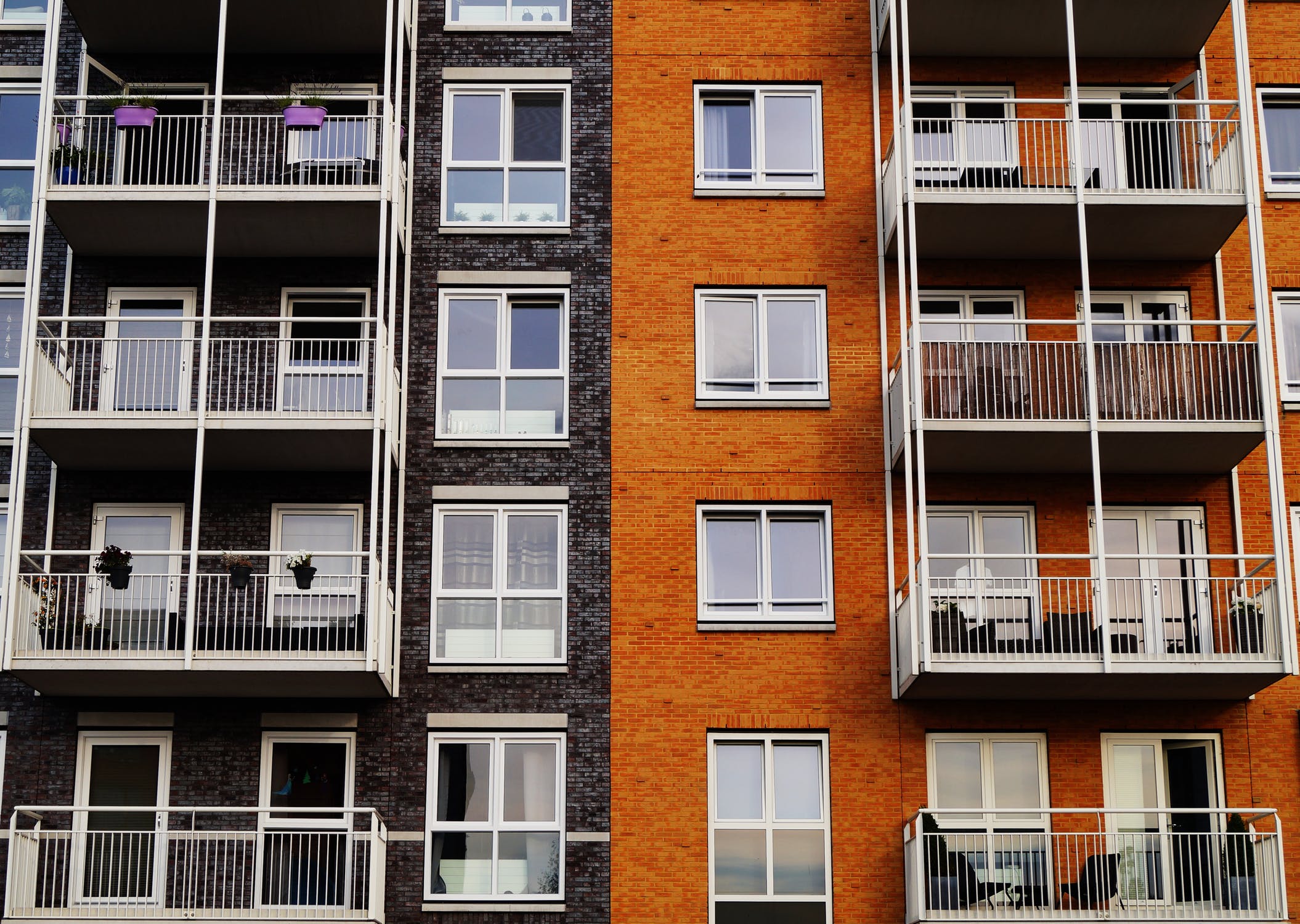The goal of purchasing, rehabbing and repositioning a property is to make a profit, period. That means every decision you make must have the bottom line in mind.
That is especially important when it comes to deciding about the level of renovation required to reposition the property. Over the years I’ve been involved in everything from complete gutting with room reconfigurations to simple, quick, cosmetic clean-ups.
There are valid reasons to go in one direction or the other.
Here are a few things to think about as you crunch the numbers.
- Whether flipping a single-family home or repositioning a commercial property, one thing must be kept in mind, above all else: It is essential to physically enhance the property to make the place more desirable, and thus more valuable.
- The second key, as listed in my 2007 book, Purchase, Rehab, and Reposition Commercial Investment Property, is that you must master the construction business, either by becoming your own general contractor or hiring one. I fill the latter role on mid-size projects — and thus maximize profits — but use a third-party contractor on bigger jobs.
- Third, try to spot “hot” urban neighborhoods. While the characteristics of such a place can vary from one city to the next, the common threads are the availability of public transportation and local retailers. My own personal, unscientific barometer is something I call the “Starbucks Factor” — if the highly successful coffee chain has set up shop in a given neighborhood, that’s a sure sign the area is about to take off.
- Finally, maximize your net operating income and cash flow.
- Complete rehabs of single-family homes can be extremely profitable, and there is a growing market, especially in urban neighborhoods, for fully restored vintage homes. That said, there are drawbacks. The cost and time commitments are far greater than that of a cosmetic rehab. Using a third-party general contractor is a necessity.
- One of the first questions to ask yourself when examining a property, the Los Angeles Times reports, is this: Has the house been well-maintained? Making that determination involves not just the work of an inspector, but your own detective skills. Look around. Really look. Open every closet. Turn on every light, and every faucet. Understand what you might be getting into.
- Should you move on a property, make a list of its needs, and prioritize those repairs and improvements: Which are vital? Which can wait? Which are extravagances?
- No matter what, kitchens and bathrooms are always worth the time and money. Dressing up the former with, for instance, new flooring or countertops, can be critical to recouping value. Same for new wallpaper or plumbing (or even a mirror) in the bathroom. Bottom line: These rooms are used hard, every day of the year.
Cosmetic rehab, a case study: An attorney friend once informed me of a client who was eager to sell her home in the Chicago suburbs, as her parents needed to move to a nursing home. The catch? The home was overflowing with virtually everything the family had accumulated over the previous 30 years. I looked up the home on the county assessor’s website, learned that it would command a $340,000 asking process when rehabbed and reached out to the owner. Her price? $270,000. I offered $255,000, and told her she could take whatever she needed from the home, and leave everything else behind. It took some $42,500 to clear the clutter and rehab the place. We listed it at $349,900, and sold it within two days, for $345,000 — a net profit of $47,500.
Complete rehab, a case study: Our company purchased a three-story Victorian home in Chicago’s Lincoln Park neighborhood for $444,000, then set to work. An architect was hired, the interior of the place was reconfigured and made over and after six months (and some $250,000 in construction/rehab expenses), we resold the place for $850,000, earning an industry award in the process.





